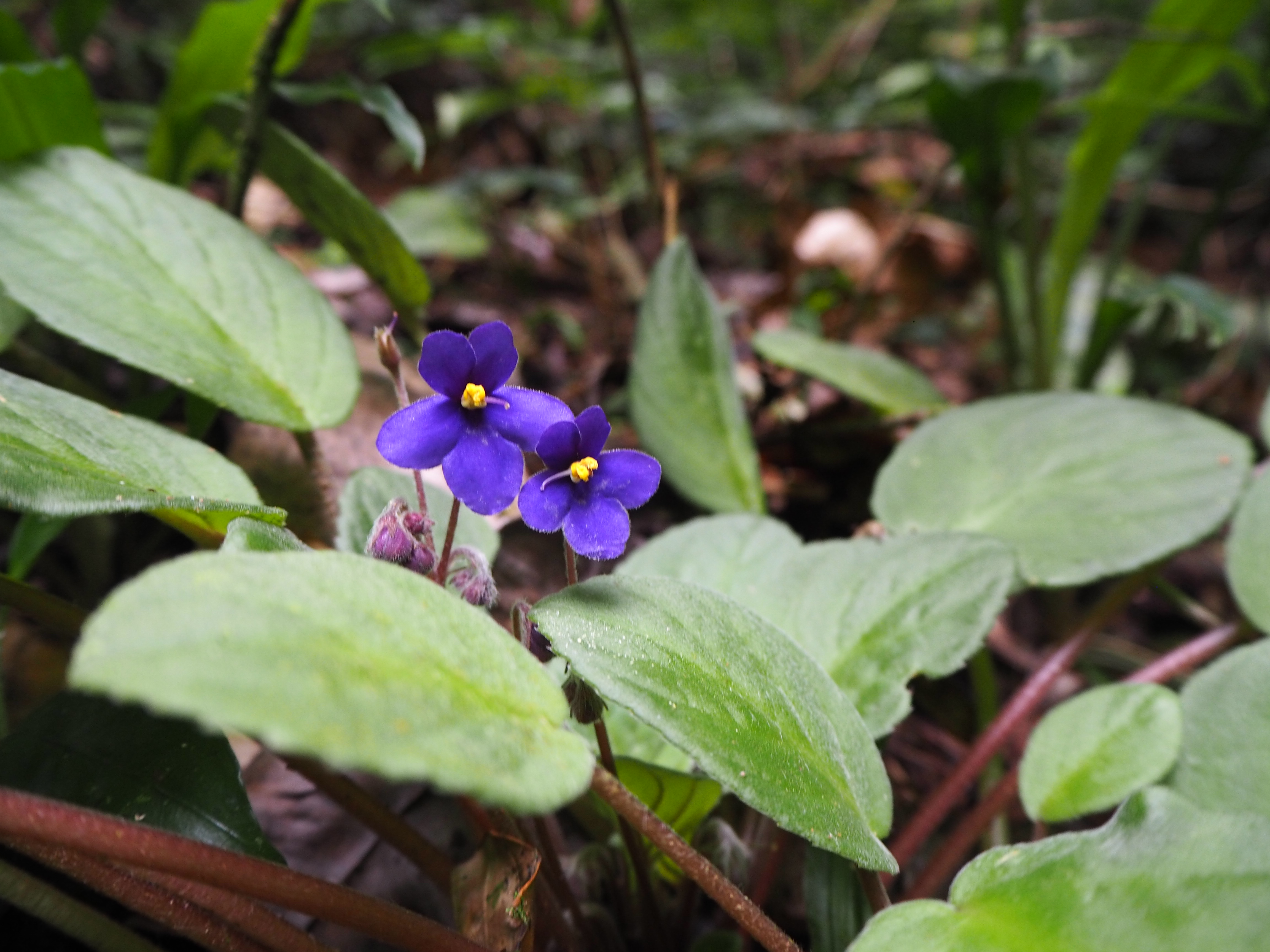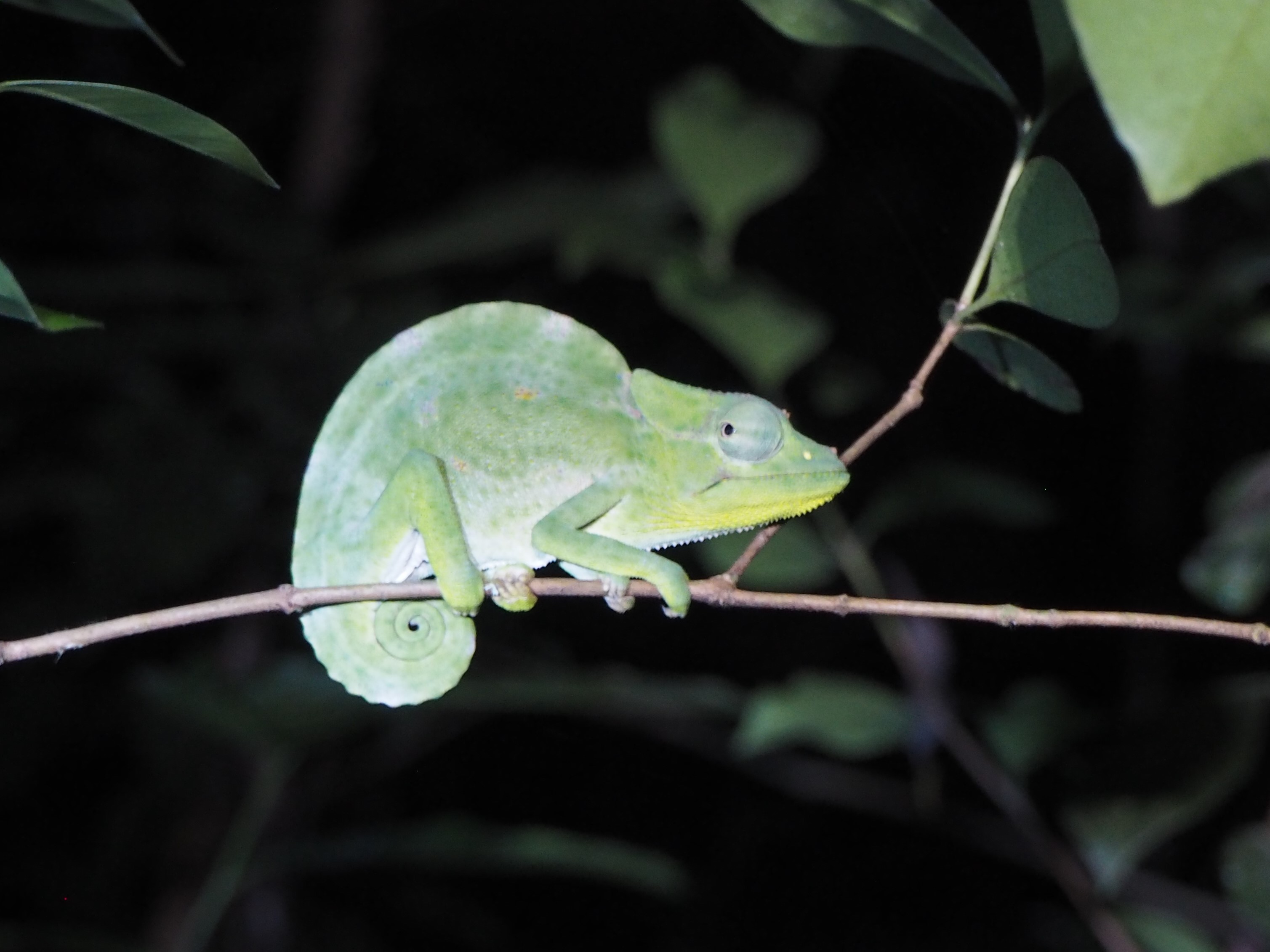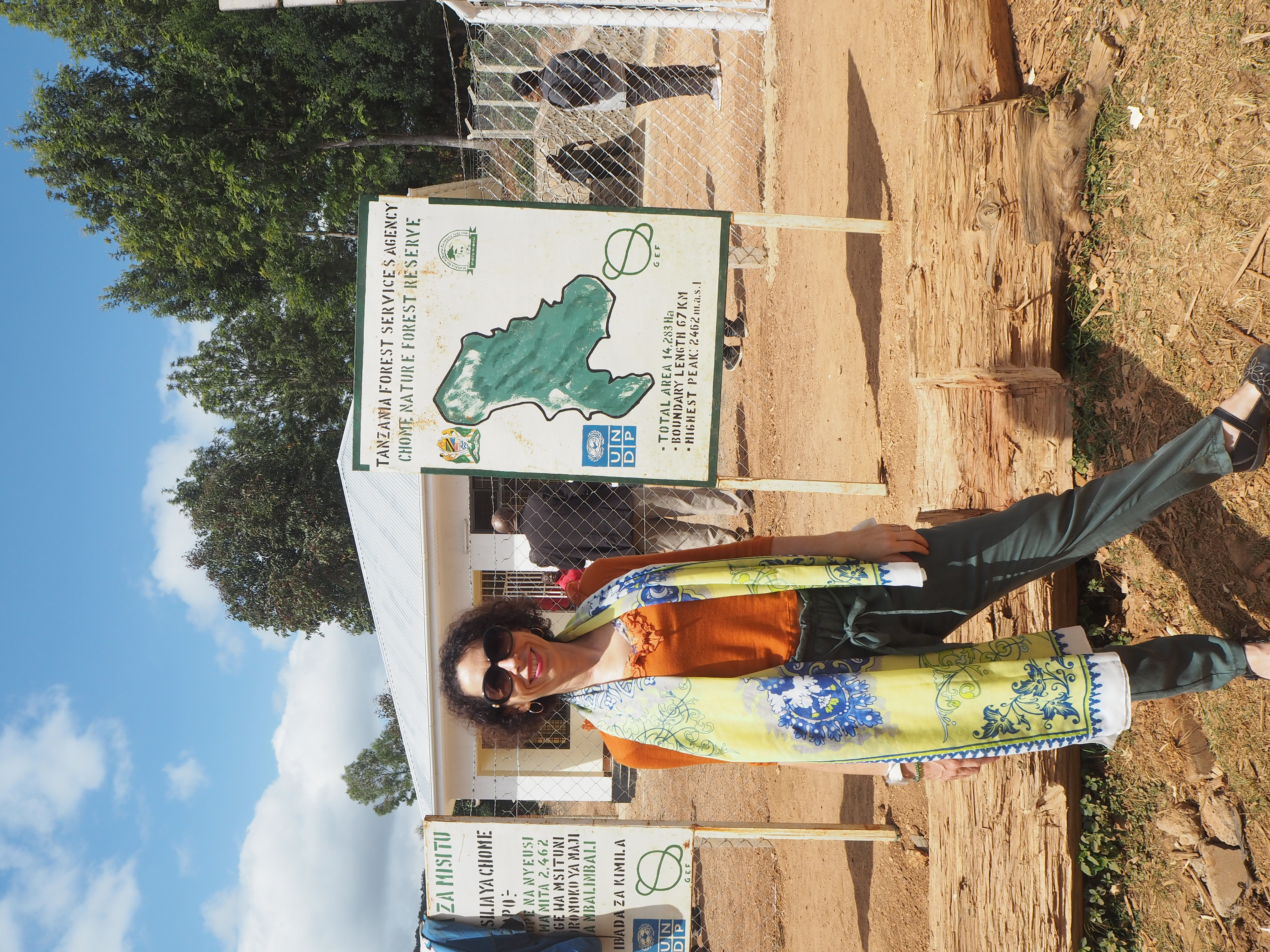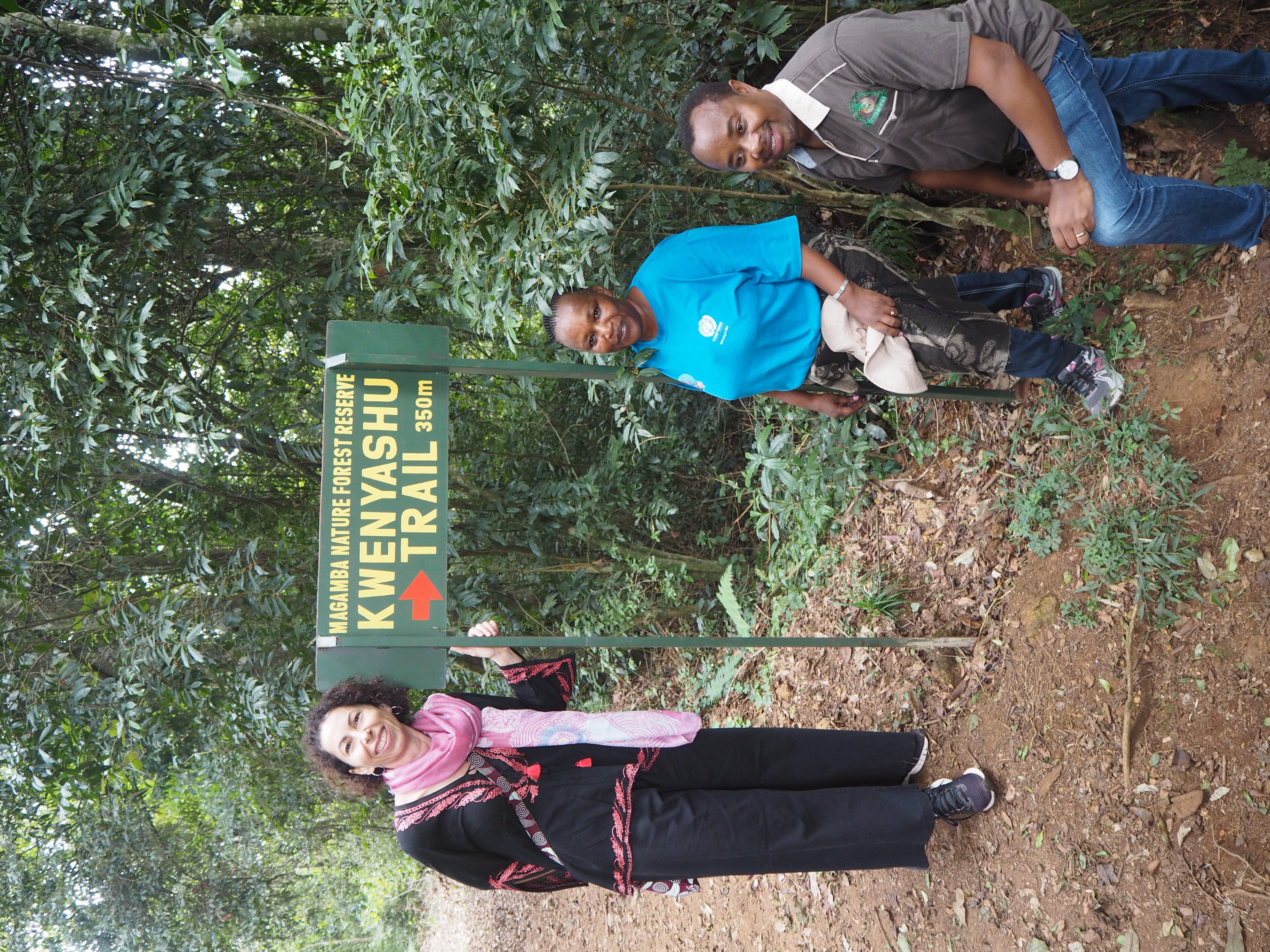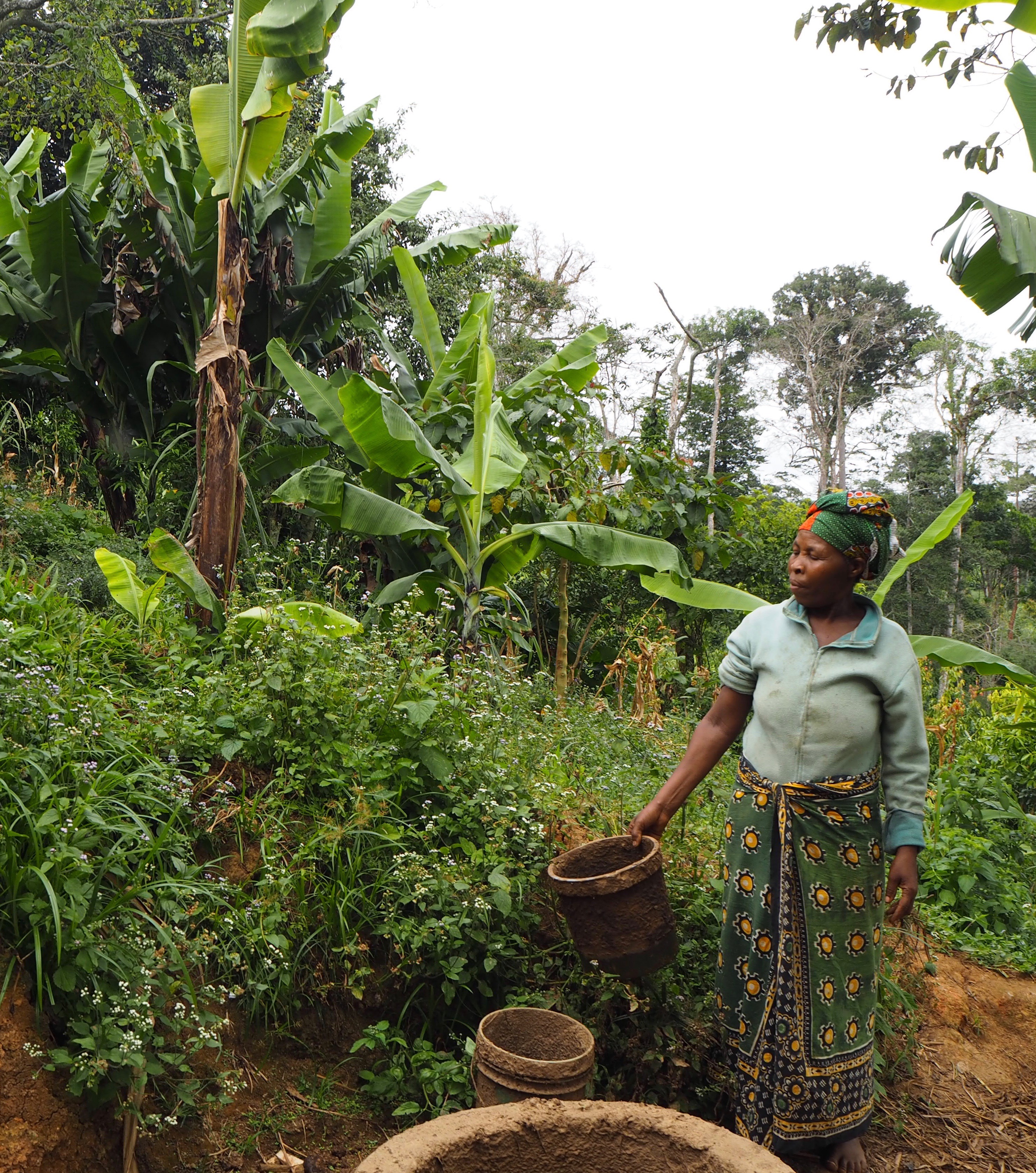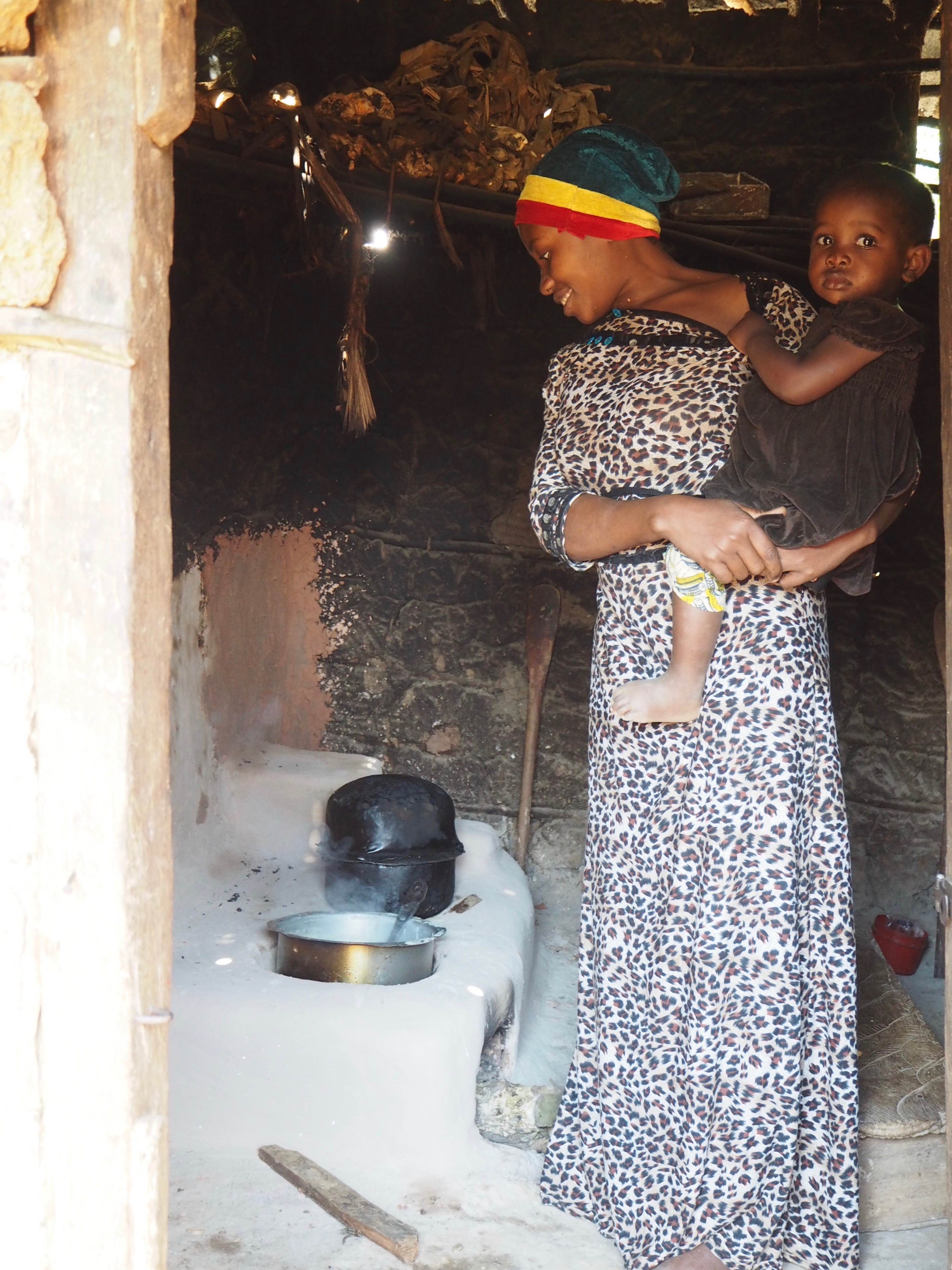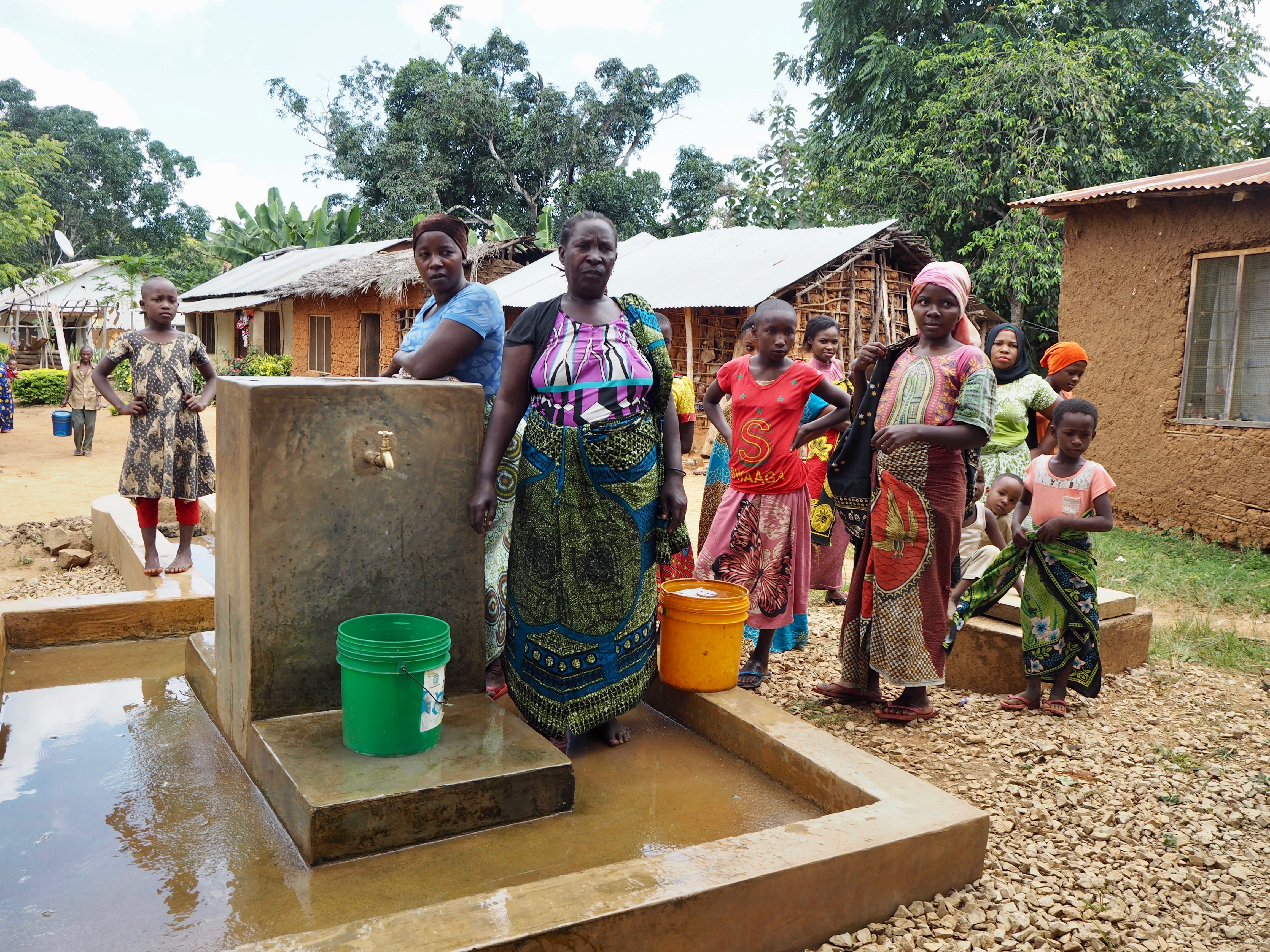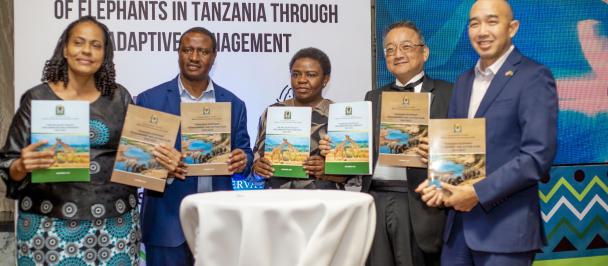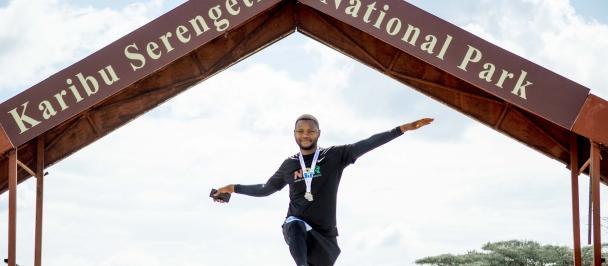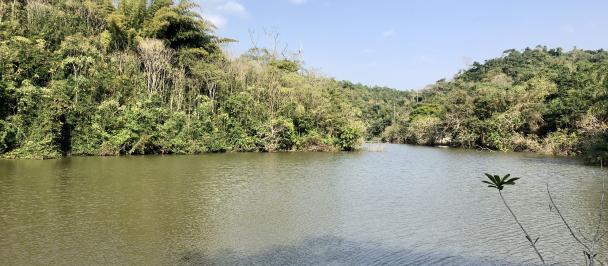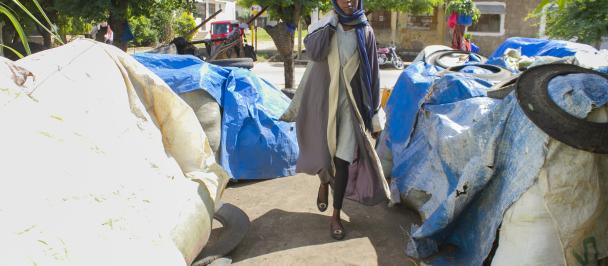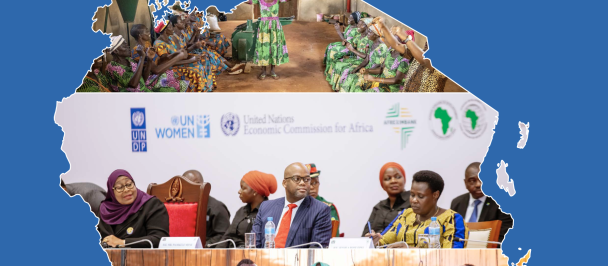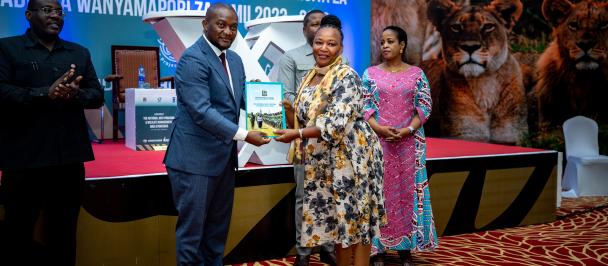Tanzania’s natural beauty is well known in the country and outside its borders. Tourists from all over the world come to see the abundant wildlife of the Serengeti, climb the peak of Mt. Kilimanjaro and relax on the sandy beaches of Zanzibar. However, Tanzania’s network of natural forests remains unexplored. The natural forests have a high environmental value as the home of globally significant biodiversity and are crucial due to their role as watersheds and carbon sinks, in addition to providing surrounding communities with resources such as firewood, food and traditional medicine. For tourists who visit them, Tanzania’s forest reserves offer pristine nature experiences.
A field visit to the Nature Forest Reserves
October 24, 2018
UNDP is committed to the safeguarding of Tanzania’s forests and the ecosystem services they provide, while also promoting development for the communities living in and around the forests. This article is the result of a week-long visit to 3 of the 12 Nature Forest Reserves which UNDP supports along with GEF, working hand in hand with the Tanzania Forest Services Agency (TFS) and with the Ministry of Natural Resources and Tourism. The purpose of the visit was to gain deeper insight into the impact and challenges of UNDPs projects, through meetings with the local authorities, beneficiaries and communities.
The African Violet (also known as Saintpaulia), is native to Amani forest and the surrounding areas.
Chameleons can easily be spotted on a night walk in the forest, Amani Nature Forest Reserve, Muheza District.
Into the woods
The visit took the team into the woods, more specifically to Chome, Magamba and Amani nature forest reserves, all supported by UNDP through the Enhancing Nature Forest Reserves project (2014-2020). The purpose of the project is to enhance the protection of natural forests in Tanzania through establishing a network of Nature Forest Reserves, the category of protected areas that offers the highest level of protection under the National Forest Act of Tanzania. So far, 12 Nature Forest Reserves have been gazetted, many with support from the project.
An important contribution of the project is the construction of well-equipped ranger posts on the borders of the forests. A ranger post just outside Chome Nature Forest Reserve, which is located in a remote and mountainous area in Same District was recently constructed, greatly improving the rangers’ access to the forests. The proximity to the forest is a crucial factor in the rangers’ work including patrolling to prevent illegal logging and mining as well as the spread of wildfires.
Another significant contribution of the project is the construction and maintenance of walking trails and forest roads. These networks serve a dual purpose of servicing the forest officers on their daily patrols, while also making the forests more accessible to tourists, whether they prefer to discover the forest by foot, on a mountain bike or by car.
UNDP Country Director Natalie Boucly by a newly constructed ranger post, Chome Nature Forest Reserve, Same District.
UNDP Country Director Natalie Boucly, UNDP Programme Specialist Gertrude Lyatuu and Tanzania Forest Service Agency Chief Executive Prof. Dos Santos Silayo on the Kwenyashu trail in Magamba Nature Forest Reserve, Lushoto District.
Cooking stoves, Biogas, and Butterflies
The communities living in and around the Nature Forest Reserves traditionally depend on the forest for fuelwood and other resources. To ensure sustainability, an important part of UNDPs work is to promote development opportunities for the communities, whilst reducing the pressures on the forest. Around Amani Nature Forest Reserve, the team visited two villages where such initiatives are supported. In Chemka village local artisans have been trained in building more fuel-efficient stoves. For Amina this means she now only collects fuelwood every other week, compared to twice a week before.
Another example is from Shebomeza Village, a village enclosed by the nature reserve, where UNDP has supported the construction of micro biogas plants. For Stella (below right), a widow who has been living all her life without electricity, manure from her cows provide enough gas for a stove and lamps for the household of 10 which she heads. Both these initiatives simultaneously reduce the need for fuel wood (and hence the pressure on the forests) and save both time and labour for the women using them.
In Shebomeza Village Stella demonstrates how the household biogas plant transforms manure to gas and slurry.
In Chemka village, Muheza District, Amina has a new, more efficient cooking stove, built by local artisans
In addition to more efficient cooking technology, UNDP is committed to the creation of alternative, sustainable income generating activities for communities in and around the forests. In Fanusi village, outside Amani Nature Forest Reserve, one can visit a butterfly farm which was constructed with funds from the UNDP/GEF Small Grants Programme. The farmers collect a few pupae from the forest, which are bred inside a netted tent. The survival rate of the butterflies is much higher than in the wild, so they reproduce quickly. The pupae can be exported to fairs and exhibitions abroad, thus providing an alternative source of income for the communities. Furthermore, the butterflies attract tourists, which for a small entrance fee can admire the multitude of specimens up close. The Visitors Book, which the community proudly displayed, shows that not only tourists, but also the Minister of Natural Resources and Tourism along with many other dignitaries and Government officials recently visited the butterfly farm.
Irrigation furrows
In Hekapombe village, on the outskirts of Chome Forest Nature Reserve, the steepness of the surrounding terrain makes farming challenging due to loss of moisture and nutrients from the soil and the threat of erosion. Through the Small Grants Programme¸ this is a challenge that has been overcome: the village has constructed irrigation furrows from a nearby stream originating in the forest, and the water is channelled to farming terraces. The terraces retain the moisture and nutrients, while trees planted along the ridges and edges of the terraces provide shade and prevent erosion.
Safeguarding the water – “Maji ni Uhai” (Water is life)
In addition to being the home of unique biodiversity in terms of plants, animals and insects, Tanzania’s forests also play an important role as water catchment areas. The rain that falls in the country’s forest flows into streams and rivers that eventually provide millions of people with water. That is also the case for the Zigi River, which rises from the Usambara Mountains, where Amani Nature Forest Reserve is located.
To enhance the sustainability of the river catchments, UNDP is not only supporting the protection of the upstream forest, but also downstream communities that rely on the river for irrigation and household needs. Through the Securing Watershed Services Project (2015-2020), UNDP, the Ministry of Water and Irrigation and Tanga Urban Water Supply and Sanitation Authority have supported the construction of permanent water supply to Mashewa village in Muheza District.
The project has improved both the daily life of the community and protects the environment. Before the water supply was in place, the community went to the river to gather water, wash clothes and water their cattle. This practice was risking contamination of the water source for hundreds of thousands of people downstream as well as erosion of the riverbank. Now, the community spends less time collecting water for their daily needs, whilst the riverbanks are used for growing crops such as black pepper, which in addition to hindering erosion provides an additional source of income for the community.
Women and children gathering water in Mashewa village, Muheza District.
A call for action
The latest report from the Intergovernmental Panel on Climate Change (IPCC) reaffirms what we already know: there is no Planet B. The UN Secretary General stated it clearly: “climate change is running faster than we are.”. The global changes will have local impacts, including on the forests and rivers of Tanzania, and the communities depending on them. The contributions described above may be small in a global perspective, but they are nonetheless critical to safeguard the environment and combat deforestation, whilst preserving the livelihoods of communities.
The week-long field trip provided plenty of first-hand impressions of how UNDPs support is making a real difference to the environment and to the local communities. The impacts of the initiatives are tangible and significant, and serve as good examples of activities that can be scaled up and implemented in other places as well. UNDP is committed to continue these efforts, in partnership with the Government of Tanzania and the international donor community.
Only by working together will we achieve our goal of sustainable development, for people and for the planet. If you are interested in partnering with us or simply want to know more about the sites mentioned in this article, contact Gertrude Lyatuu, Practice Specialist (Environment and Natural Resources) gertrude.lyatuu@undp.org
To read more about the projects mentioned in the article, download the project fact sheets here:

 Locations
Locations